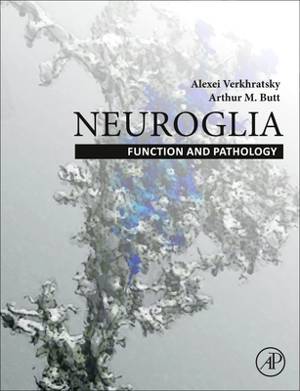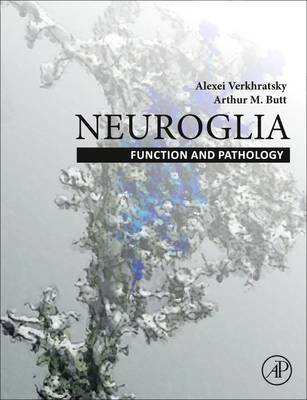
- Afhalen na 1 uur in een winkel met voorraad
- Gratis thuislevering in België vanaf € 30
- Ruim aanbod met 7 miljoen producten
- Afhalen na 1 uur in een winkel met voorraad
- Gratis thuislevering in België vanaf € 30
- Ruim aanbod met 7 miljoen producten
Omschrijving
Diverse specialised neuroglial cells guarantee the development, preservation, and health of the central nervous system, the peripheral nervous system, the enteric nervous system, and the special senses. In the central nervous system, it is the astrocytes, oligodendrocytes, and microglia that safeguard nerve cell function and integrity that controls all behaviours and encompasses the cerebral cortex of the brain which is the root of humanity. In the peripheral nervous system, Schwann cells play the leading role, together with satellite glial cells of the sensory and autonomic ganglia, ensuring correct communication between the organs and tissues with the brain and the spinal cord. In the enteric nervous system, specialised enteric glial cells maintain all aspects of gastrointestinal function. Then there are distinctive glial cells of the special senses that ensure how the body perceives and reacts to its environment.
In pathology, neuroglia strive to protect the diverse cellular components of the nervous system and are responsible for a proactive programme of posttraumatic restructuring that is aimed at recovery of life-sustaining function.
Neuroglia: Function and Pathology
provides a highly original and comprehensive account of the physiology and pathophysiology of glial cells in the central and peripheral nervous systems. The first part of the book provides a far-reaching description of glial cell form and function, from their evolution in invertebrates to their complexity in humans, encompassing the developmental origin of the varied glial cell types and their diversity of morphology, molecular biology and cellular physiology. The second part of the book is devoted to an all-embracing evaluation of glial cell pathophysiology, commencing with definitive explanations of the fundamental pathologies of the main glial cell types, and ending in a systematic examination of glial contributions to specific neurological diseases. This book emphasises the central roles played by the different classes of neuroglial cells in the progression and outcome of neurological disorders of the central and peripheral nervous systems and highlights potential of glial cells as therapeutic targets. The book contains more than 2500 key references from over 150 years of glial research and is superbly illustrated with over 350 original and explanatory full colour figures that describe the diverse characteristics and properties of glial cells in health and disease. Under the same cover, this book combines an authoritative reference book for research and clinical neuroscientists and at the same time serves as an instructive textbook for students of neuroscience, from undergraduates to postgraduates.Specificaties
Betrokkenen
- Auteur(s):
- Uitgeverij:
Inhoud
- Aantal bladzijden:
- 730
- Taal:
- Engels
Eigenschappen
- Productcode (EAN):
- 9780128215654
- Verschijningsdatum:
- 17/05/2023
- Uitvoering:
- Hardcover
- Formaat:
- Genaaid
- Afmetingen:
- 218 mm x 282 mm
- Gewicht:
- 1936 g

Alleen bij Standaard Boekhandel
Beoordelingen
We publiceren alleen reviews die voldoen aan de voorwaarden voor reviews. Bekijk onze voorwaarden voor reviews.











